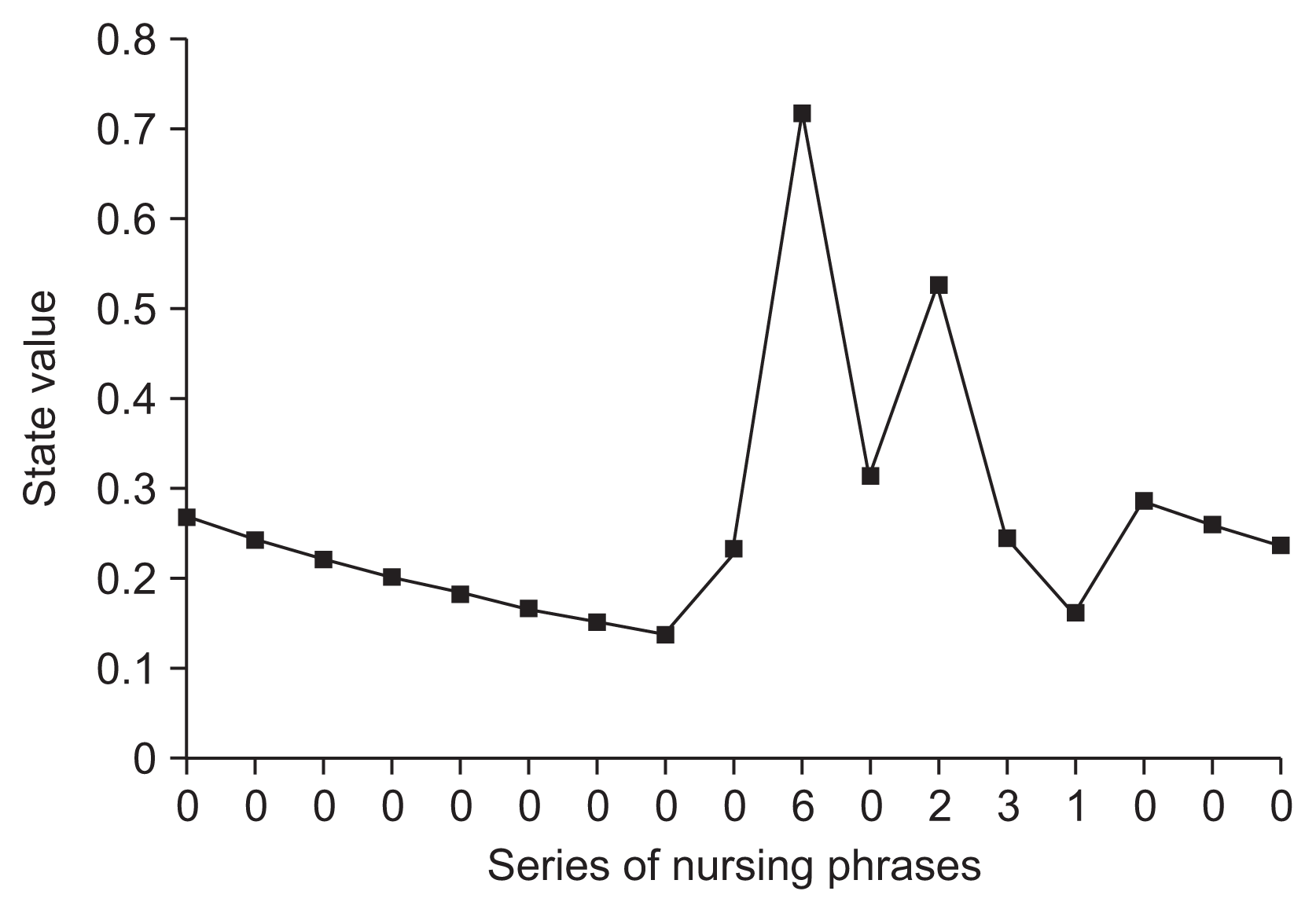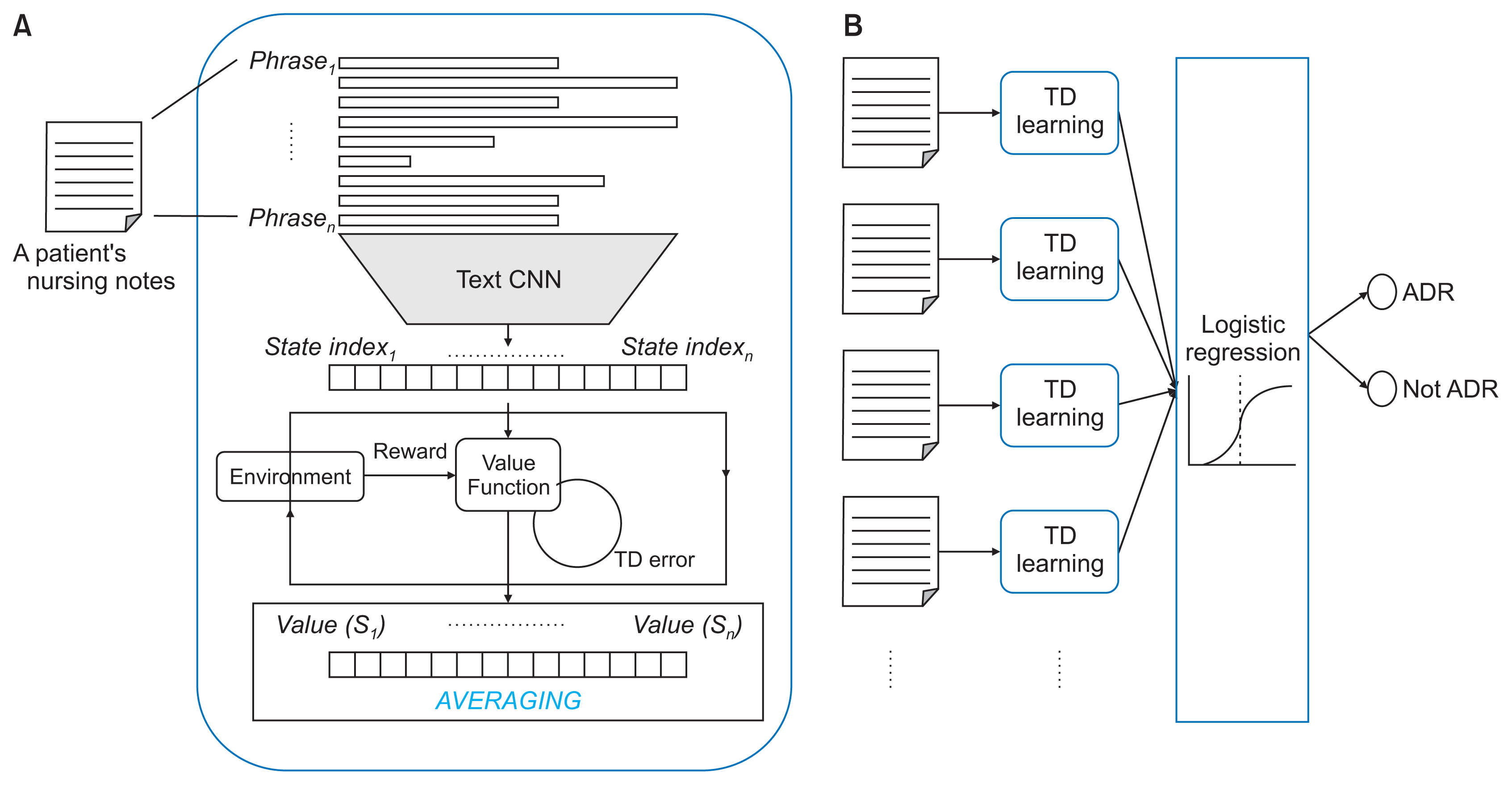1. Jensen PB, Jensen LJ, Brunak S. Mining electronic health records: towards better research applications and clinical care. Nat Rev Genet. 2012; 13(6):395–405.

2. Oliveira JL, Lopes P, Nunes T, Campos D, Boyer S, Ahlberg E, et al. The EU-ADR Web Platform: delivering advanced pharmacovigilance tools. Pharmacoepidemiol Drug Saf. 2013; 22(5):459–67.

3. Kho AN, Rasmussen LV, Connolly JJ, Peissig PL, Starren J, Hakonarson H, et al. Practical challenges in integrating genomic data into the electronic health record. Genet Med. 2013; 15(10):772–8.

4. Ahn HJ, Park HA. Adverse-drug-event surveillance using narrative nursing records in electronic nursing records. Comput Inform Nurs. 2013; 31(1):45–51.

5. Lee S, Choi J, Kim HS, Kim GJ, Lee KH, Park CH, et al. Standard-based comprehensive detection of adverse drug reaction signals from nursing statements and laboratory results in electronic health records. J Am Med Inform Assoc. 2017; 24(4):697–708.

6. Park MY, Yoon D, Lee K, Kang SY, Park I, Lee SH, et al. A novel algorithm for detection of adverse drug reaction signals using a hospital electronic medical record database. Pharmacoepidemiol Drug Saf. 2011; 20(6):598–607.

7. Jagannatha AN, Yu H. Structured prediction models for RNN based sequence labeling in clinical text. Proc Conf Empir Methods Nat Lang Process. 2016; 2016:856–65.

8. Hughes M, Li I, Kotoulas S, Suzumura T. Medical text classification using convolutional neural networks. Stud Health Technol Inform. 2017; 235:246–50.
9. Sutton RS. Temporal credit assignment in reinforcement learning [dissertation]. Amherst, MA: University of Massachusetts;Amherst: 1984.
10. Van Seijen H, Mahmood AR, Pilarski PM, Machado MC, Sutton RS. True online temporal-difference learning. J Mach Learn Res. 2016; 17(1):5057–96.
11. Kim Y. Convolutional neural networks for sentence classification. In : Proceedings of the 2014 Conference on Empirical Methods in Natural Language Processing (EMNLP); 2014 Oct 25–29; Doha, Qatar. p. 1746–51.
12. Ng AY, Harada D, Russell S. Policy invariance under reward transformations: theory and application to reward shaping. In : Proceedings of the Sixteenth International Conference on Machine Learning (ICML); 1999 Jun 27–30; Bled, Slovenia. p. 278–87.
13. Hochreiter S, Schmidhuber J. Long short-term memory. Neural Comput. 1997; 9(8):1735–80.

14. Trinh TH, Dai AM, Luong MT, Le QV. Learning longer-term dependencies in RNNs with auxiliary losses. In : Proceedings of the 35th International Conference on Machine Learning (ICML); 2018 Jul 10–15; Stockholm, Sweden. p. 4972–81.
15. Bahdanau D, Brakel P, Xu K, Goyal A, Lowe R, Pineau J, et al. An actor-critic algorithm for sequence prediction. In : Proceedings of the 5th International Conference on Learning Representations (ICLR); 2017 Apr 24–26; Toulon, France.
16. Lopez-Gonzalez E, Herdeiro MT, Figueiras A. Determinants of under-reporting of adverse drug reactions: a systematic review. Drug Saf. 2009; 32(1):19–31.





 PDF
PDF Citation
Citation Print
Print





 XML Download
XML Download